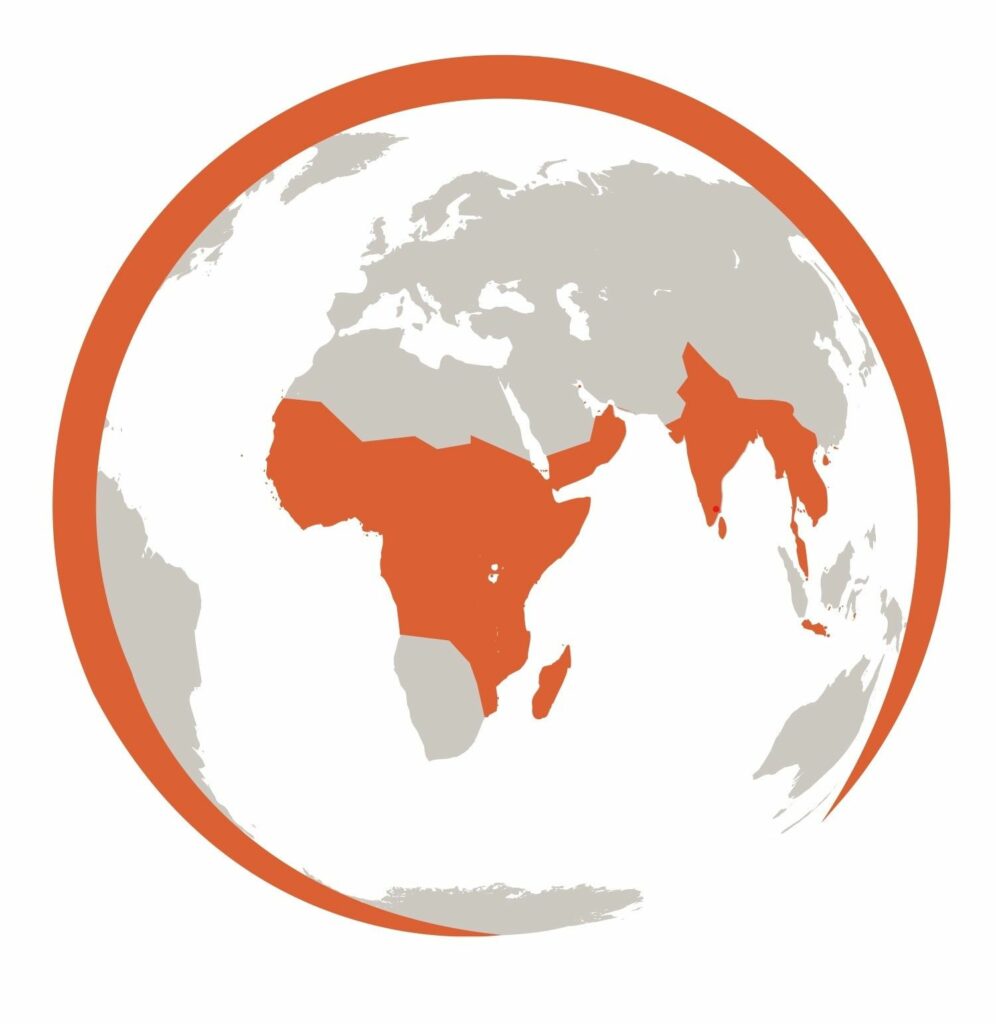Funders
U.S. President’s Malaria Initiative (PMI) / John Hopkins Center for Communication Programs
Location
Tanzania
Dates
2018-2019

In 2013 mainland Tanzania and Zanzibar began the process of shifting their long-lasting insecticidal net (LLIN) distribution strategy from repeated mass campaigns to a strategy that relied primarily on continuous distribution channels, in order to maintain high levels of access to LLINs consistently over time. The question then arose of how best to monitor whether insecticide-treated net (ITN) access levels were at or below target levels, and thus inform appropriate adjustments to the continuous distribution programme.
As part of the PMI VectorWorks project, a five-year $60 million cooperative agreement led by the John Hopkins Center for Communication Programs, Tropical Health designed a rapid monitoring approach that could be used on an annual basis to assess access to LLINs, with results available in time to inform annual procurement cycles.
Tropical Health designed a monitoring protocol using lot-quality-assurance-sampling (LQAS). LQAS is a well-established public health sampling technique that uses a small sample size to assess whether indicators are below or above a defined target level. Tropical Health fielded the LQAS monitoring simultaneously with the 2018 Tanzania Malaria Indicator Survey (TMIS), and then compared the regional results against the regionally-representative household survey data from the TMIS.
The findings from comparison of the two methods of assessing LLIN access were presented to malaria stakeholders in Tanzania. The LQAS methodology was adequate and suitable to provide low-cost estimates at regional level of ITN access, and are sufficiently accurate for use for programmatic decisions for LLIN distributions.
Global Fund / Nigeria National Malaria Elimination Programme
Nigeria
2023 - 2024
Sightsavers, Ghana Somubi Dwumadie (FCDO)
Ghana
2022-2023
Global Fund MOSASWA (Mozambique, South Africa and Swaziland) region
Mozambique
2022-2023